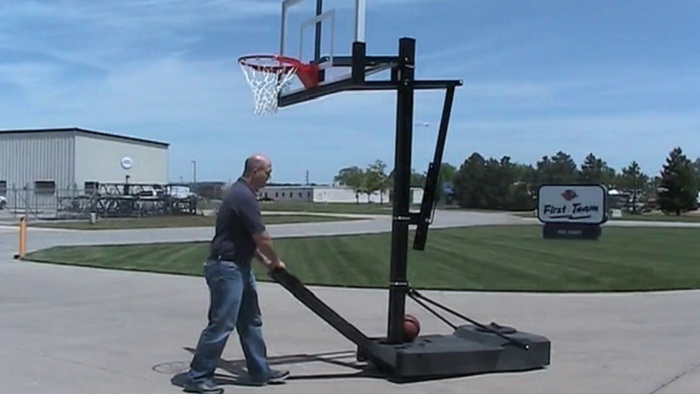Home »
Misc »
How to remove sand from basketball base
How to remove sand from basketball base
How To Get Sand Out of Basketball Hoop Base
Several years ago, my dad got me a portable basketball hoop. We placed it in our backyard and filled the hoop base with dry sand for stability. Growing up, some of my best memories happened in our backyard while playing basketball.
When my parents called me to help them move to a new home recently, we struggled to move the hoop. We couldn’t figure out how to remove sand from the basketball hoop base. Here’s what we found out after some research.
Table of Contents
- How To Remove Sand From A Portable Basketball Hoop Base
- Method 1: Use a vacuum cleaner to remove dry sand
- 1. Ask for help
- 2. Get a vacuum cleaner
- 3. Align the suction port to a fill hole
- 4. Empty the dust cup
- Method 2: Use a leaf blower to remove dry sand
- 1. Seek help
- 2. Get a leaf blower
- 3. Realign the hoop base
- 4. Open both fill holes
- 5. Blow out the sand
- Method 3: Use water to remove wet sand
- 1.
![]() Find some help
Find some help - 2. Get a high-pressure hose
- 3. Make a hole at the bottom
- 4. Reposition the hoop base
- 5. Drain out the sand
- Final Words
How To Remove Sand From A Portable Basketball Hoop Base
You can use sand, water, or base gel to fill a portable basketball goal base. To move the basketball hoop, you need to empty the hoop base. While draining water or base gel is easy, removing sand is complex. Depending on the type of sand in the base, here’s how to get sand out of a basketball hoop base.
Method 1: Use a vacuum cleaner to remove dry sand
1. Ask for help
A portable basketball hoop filled with sand weighs about 400 pounds. Since the base is so heavy, ask for assistance from one or two people to handle it.
2. Get a vacuum cleaner
The hoop base’s holes are typically an inch in diameter. The small holes make it difficult to remove the sand, so you need special equipment. Get a vacuum cleaner and a small intake port, preferably 27mm in diameter.
Get a vacuum cleaner and a small intake port, preferably 27mm in diameter.
3. Align the suction port to a fill hole
Open the caps of both fill holes, put the vacuum cleaner's suction port on one hole, and power on the cleaner.
4. Empty the dust cup
Wait until the vacuum cleaner’s dust cup is full and then empty it. Repeat till you get all the sand out of the hoop base.
Method 2: Use a leaf blower to remove dry sand
1. Seek help
You can’t manipulate a 400-pound portable hoop into various positions alone. Find someone to help you.
2. Get a leaf blower
Removing sand from a basketball goal base without using special tools is challenging. Visit your local store and get a leaf blower to ease the process.
3. Realign the hoop base
Although a leaf blower is powerful, it will struggle to push the sand out if the base lies flat on the ground. With the help of your friends, reposition the hoop base so that it is almost vertical to the ground.
4. Open both fill holes
After repositioning the hoop base, remove the caps of the fill holes. Some sand will drain out due to gravity. Allow as much sand as possible to flow out by clearing the space near the lower hole where it is collecting.
5. Blow out the sand
Place the leafblower’s nozzle on the upper fill hole of the basketball base. Make sure the nozzle covers the hole completely, then turn on the leafblower. Blow until you remove all the sand from the hoop base.
Method 3: Use water to remove wet sand
1. Find some help
Wet sand is heavier than dry sand, so you need help maneuvering the basketball hoop. Ask someone to assist you.
2. Get a high-pressure hose
You can use your garden hose for this step, but a high-pressure hose is preferable.
3. Make a hole at the bottom
Some hoop bases have a hole at one of the ends, so you won’t need to make one. However, others do not have the hole.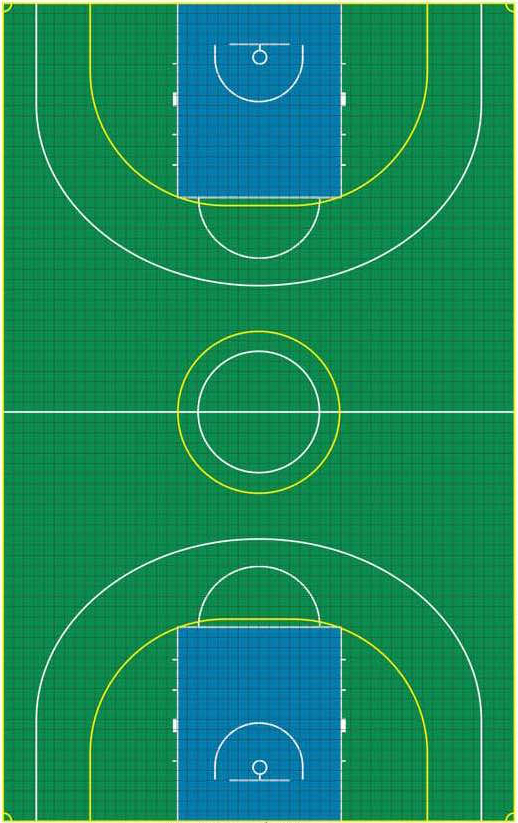 In this case, you need to make a sizeable hole at the end that is away from the hoop stand.
In this case, you need to make a sizeable hole at the end that is away from the hoop stand.
4. Reposition the hoop base
For this step, you can choose to disassemble the hoop or not, depending on how much help you have. Then, realign the base so its flat area assumes an upright position.
5. Drain out the sand
Place the hose beneath the hole you made earlier and secure it. When you turn on the water, sand will flow out. Remove all the wet sand from the portable base, and turn off the water.
Final Words
Getting sand out of the basketball goal base can be a complicated undertaking. However, emptying a hoop base should be relatively simple if you use a vacuum cleaner, a leaf blower, or water.
Read Related Posts:
Portable Basketball Hoop Base Repairing Steps
Ways of Disposing off A Basketball Hoop
Ways of Draining A Basketball Hoop
How to Move a Basketball Hoop Filled with Sand
Basketball hoops have become an increasingly common sight in American households.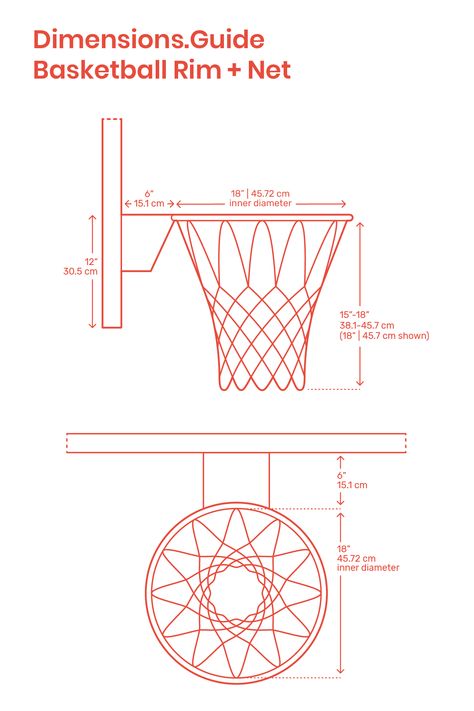 Most are installed in the driveways or the backyard, and many use a portable basketball hoop system. But what if, for some reason, the owners need to transfer the portable hoops? In this article, you will learn how to move a basketball hoop filled with sand and the best way of filling basketball hoop base with sand.
Most are installed in the driveways or the backyard, and many use a portable basketball hoop system. But what if, for some reason, the owners need to transfer the portable hoops? In this article, you will learn how to move a basketball hoop filled with sand and the best way of filling basketball hoop base with sand.
Can You Move an In-ground Basketball Hoop?In-ground basketball hoops are not for child’s play; they are for the big boys. An in-ground basketball hoop is installed by drilling a hole in the ground and then putting cement around the base. It is designed to absorb punishment, even some thunderous dunks from NBA giants.
Back to the question: Is moving an in-ground basketball hoop possible? Yes, it is possible to move it, but it’s a job for the professionals. The latest versions of in-ground basketball hoops are designed to have two detachable parts– one is the main part of the basket, and the other is the cement-hardened in-ground base.
You should know that moving an in-ground basketball hoop is expensive.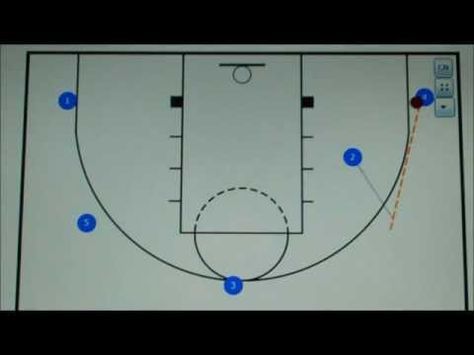 However, if there are no damages to the hoops system, it’s a better option than getting yourself a new one. If you do not have any experience moving these structures, it is always better to call the company that installed the system. Better safe than sorry.
However, if there are no damages to the hoops system, it’s a better option than getting yourself a new one. If you do not have any experience moving these structures, it is always better to call the company that installed the system. Better safe than sorry.
Now, if you had an older model of an in-ground basketball hoop, those are practically immovable, so it’s better to leave these structures alone.
Is it Better to Put Sand or Water in a Basketball Hoop?First things first, if we are talking about putting sand, water, or base gel in a basketball hoop system, we do not mean in-ground basketball hoops. In-ground basketball hoops are hardened by cement and not sand or water. What we are talking about here are portable basketball hoops.
For portable basketball hoops, you have the option to put sand, water, or base gel to solidify the base. In this portion, we will be talking extensively about sand and water, and which is the better choice to put in a portable basketball hoop.
First, let’s examine water as a portable basketball hoops stabilizer. It is the simplest and cheapest option that you have. You’re done in a matter of minutes just by hooking a water hose to the hole in the base. Water is not a bad choice at all because you can quickly drain it from the base.
Here are several things you can do to ensure that the base filled with water holds up over time:
- Add a small amount of bleach to prevent algae from growing in the base.
- If you live in an area with nasty winters, putting a small amount of antifreeze in the water prevents it from solidifying, thereby preventing the plastic base from cracking.
- Water does evaporate, so you need to check the levels once in a while. If a substantial amount of water has evaporated, it will compromise the strength of the base.
- Examine the base for leaks.
Now, what about sand? Sand is denser than water per gallon, so it helps increase the base’s stability. The downside is that it will be much more challenging to move when you need to relocate the hoops system when the time comes.
Another disadvantage of putting sand as a base stabilizer is if it gets wet, it’s a hassle to remove it from the base. Many chose “play sand” over real sand for these purposes since it has a smoother and more even texture.
Based on the pros and cons, is it better to put sand or water in a basketball hoop? Well, it ultimately depends on you and the situation. If you bought the portable hoops system so you can easily move and transport it, water is the better option. If your hoops system is there for keeps, then sand makes the base stronger and more reliable.
How Many Bags of Sand Do You Need to Fill a Basketball Hoop?Most portable basketball hoops systems have a 35-gallon base. If that’s the case, you will need to purchase ten 50-pound bags of sand to fill the 35-gallon container. Sand weighs about 13 pounds per gallon, so you need to have more or less 455 pounds of sand to fill the base to the brim. Ten 50-pound bags have a total of 500 pounds of sand, so that should be the safest bet.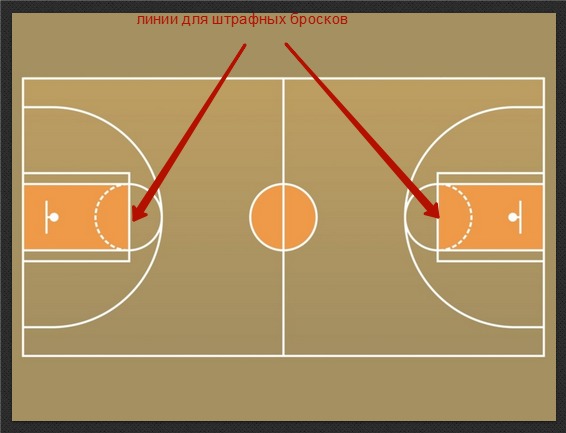
How Do You Move a Heavy Basketball Hoop?As previously mentioned, moving a basketball hoop is a time-consuming, expensive, and occasionally dangerous undertaking. With that being said, you should think carefully if it’s a good idea to move the basketball hoop. And if you have to relocate it, it may not be a good idea to do it yourself if you don’t have the experience. The rule of thumb is, if it is an in-ground basketball hoop, you better leave it to the professionals.
What about portable basketball hoops? Since they are designed to be “portable,” you and your friends may be able to move them to a different location more often than not. Some portable basketball hoops even have wheels that can be used to move them. If that’s the case, then it’s generally an easy task.
What if your portable basketball hoops system does not have wheels? Here are several things to keep in mind:
- Some portable hoops are designed to fold.
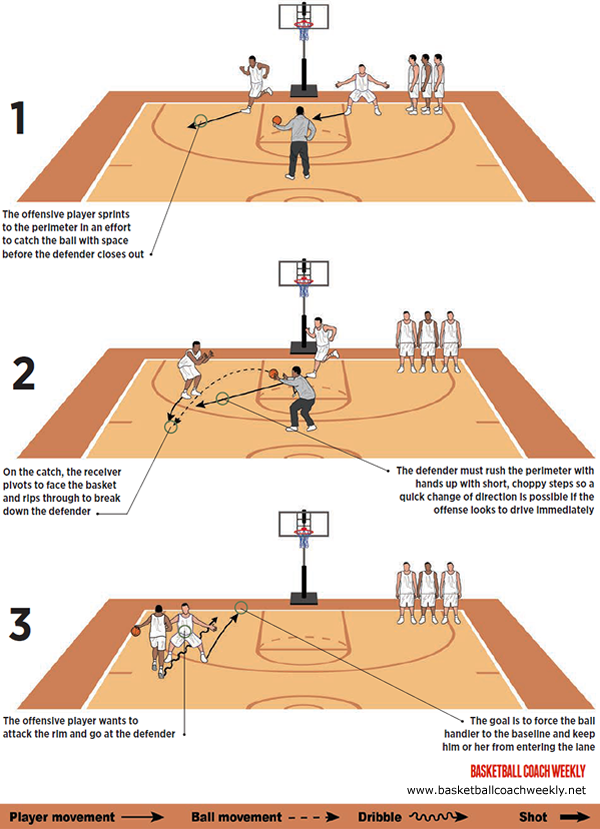 If you are not familiar with this feature or don’t know if your hoops system has that characteristic, check the manual.
If you are not familiar with this feature or don’t know if your hoops system has that characteristic, check the manual. - As mentioned previously, if you knew in advance that you might have to relocate the hoops in the future, use water as a base stabilizer instead of sand. Water is easier to drain, and in most cases, moving a water-based basketball hoops system may only be a one-person job. If you use sand, then you will surely need help moving the hoops.
- You don’t have to completely empty the base of its content, be it sand or water. There is no possible way to flip the structure upside-down unless you turn green when you’re angry. Just turn the hoops on its side to get some of the weight out.
- If the hoops system cannot fold or collapse, then hiring specialists is an option. If it can collapse to a reasonable size, then you may load it on a truck. Just be careful that the rigid metal structure does not smash or scratch the other items.
Things to Consider When Moving a Basketball HoopThe four things above are good reminders when moving a basketball hoop.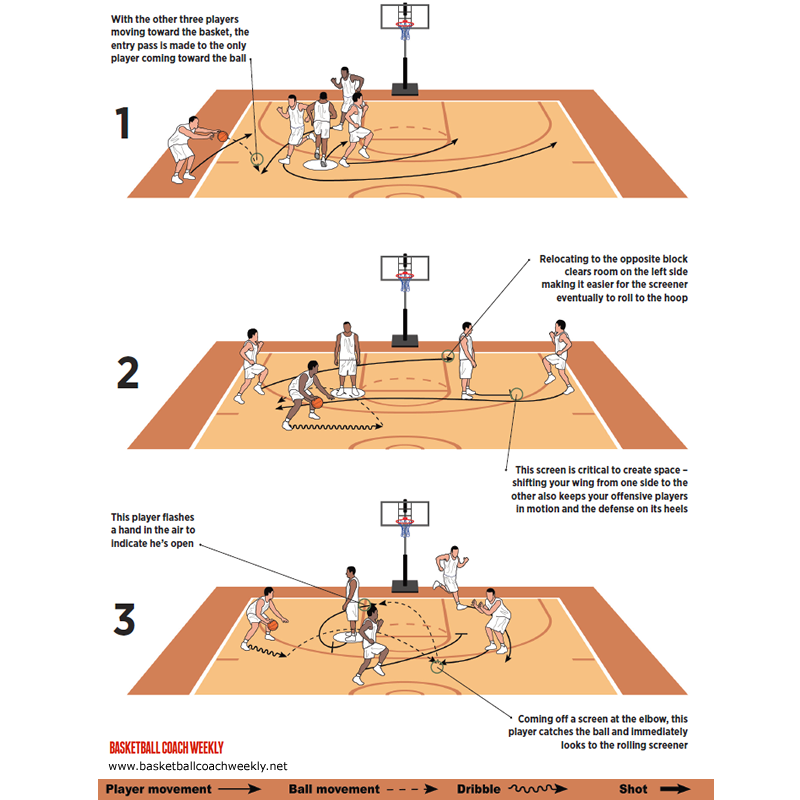 In summary, you should check if your portable basketball hoop folds to a reasonable size. If you purchased the hoop for temporary use, use water as a base filler. Do not expect that you can completely empty the base of its content, and if you have exhausted all options, it’s time to hire professionals.
In summary, you should check if your portable basketball hoop folds to a reasonable size. If you purchased the hoop for temporary use, use water as a base filler. Do not expect that you can completely empty the base of its content, and if you have exhausted all options, it’s time to hire professionals.
Now, what if you need to move the basketball hoop to an entirely different location, perhaps if you’re moving into a new home? Obviously, you just can’t carry it or wheel it off. Here are some more things to consider when moving or transporting a basketball hoop:
1. The first thing you have to do is take a picture of the basketball hoop so you can refer to it as far as putting it all back together in the new location. Make sure that you have a manual, and if you don’t have one, perhaps you can get one online by specifying the model and the make of the basketball hoop.
2. It would be best to disassemble the pieces so that you can easily transport it.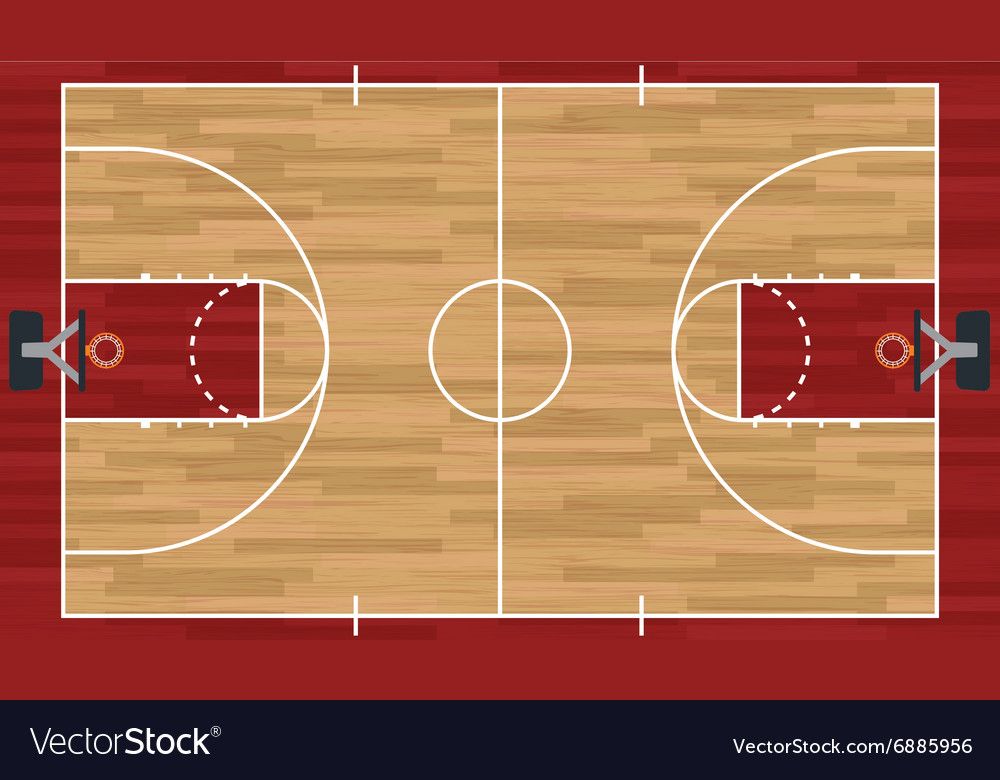 Remove the backboard and the rim from the pole and save all the nuts, bolts, and other hardware in small plastic bags. It will also help if you label the bag to readily know where the pieces should be installed.
Remove the backboard and the rim from the pole and save all the nuts, bolts, and other hardware in small plastic bags. It will also help if you label the bag to readily know where the pieces should be installed.
3. Remove the pole from the base. That should make it three significant pieces (backboard, pole, and base) to package for the relocation.
4. As for removing the contents of the base, you may use a water pump for water and a shop vacuum if you put sand.
5. Wrap the pieces delicately so that it won’t get damaged from the other items on the move. You may use bubble wrap to protect the backboard and the pole. The smaller pieces, such as the rim, should be placed in a box, and the base should be put in a bigger box so it won’t veer around the truck during the travel.
Wrapping Things Up: Moving a Basketball Hoop Filled with SandWhether it’s filled with sand or water, moving a basketball hoop is not an easy task. Most portable hoops weigh from 100 to 500 pounds, so it’s probably not a good idea to do it alone. Add the weight of the material to stabilize the base, and you got yourself a task.
Add the weight of the material to stabilize the base, and you got yourself a task.
Speaking of the base, is it better to put sand or water in a basketball hoop? Well, both materials have their share of pros and cons, but the deciding factor boils down to the circumstances. Did you buy the portable hoops without the goal of moving to another location? What about the weather in your place? Does the winter get too harsh? If that is so, you may decide to put sand– about 455 pounds worth of it– to fill the base. Otherwise, water is probably the more accessible and more convenient option.
If you decide to move your basketball hoop after deliberation, you need to keep in mind several things. First and foremost, this is not a one-man job. At most, you may need assistance from one or two other individuals or by professionals. If you need to move the hoops to an entirely different location (if you move into a new house, for example), it’s a whole other story. You need to disassemble portable basketball hoop parts– the pole, backboard, and base. Each should be carefully packaged in separate boxes so it won’t get damaged or cause damage to the other items.
Each should be carefully packaged in separate boxes so it won’t get damaged or cause damage to the other items.
If you need help installing ground basketball hoops be sure to also check this article.
More interesting FAQ articles here:
> How to Paint a Basketball Court
> How to Clean a Basketball
> How Many Yards is a Basketball Court?
IGOR TRANDENKOV: "You have to plow in the beach
It's probably not necessary to say how proud we are that he is in our team. Igor is not only the best and only general fitness coach in beach volleyball of his kind, he is an athlete who has
Igor spent 17 years as part of the national pole vault team, he worked in the same company with the famous Sergei Bubka. silver medalist.Then he repeated his success at 1996 year. In 1993 he won the bronze of the World Championship, in 1994 - the silver of the European Championship. First place - at the Goodwill Games in 1994 and at the Russian Championship in 1994-1995.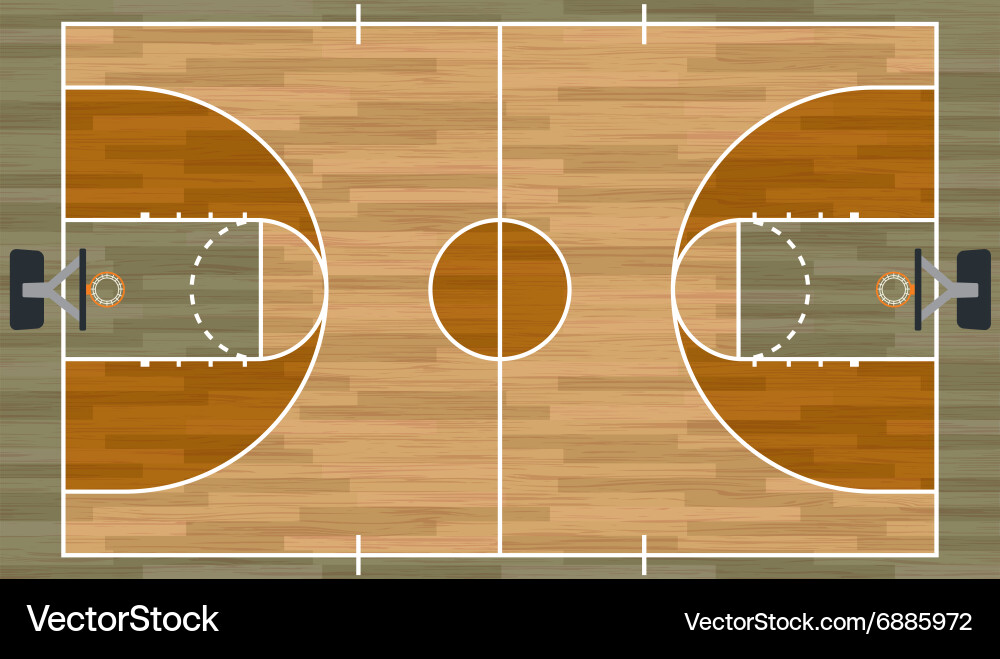 Honored Master of Sports of the USSR and Russia. July 4, 1996 in St. Petersburg set his best result of 6.01 cm.
Honored Master of Sports of the USSR and Russia. July 4, 1996 in St. Petersburg set his best result of 6.01 cm.
- I was born in the era of active space flights, therefore, like all children, I dreamed of becoming an astronaut ... well, or a polar explorer.
- How did your sports life begin, how did sport become a profession?
- I have a fairly athletic family, my uncle is a famous basketball coach - Vladimir Petrovich Kondrashin. Naturally, the first thing I started doing was basketball - in the 1st and 2nd grades. Then, up to the 4th grade, I tried all team sports, except perhaps handball. I played volleyball, football and even went to a wrestling camp in Anapa. In winter, we flooded the field at the stadium and I played hockey with the elders. In general, as a child, I dreamed of becoming a hockey player.
In the 5th grade, my relatives sent me to a sports boarding school - to remove me from the street - they wanted to assign me to basketball, but since basketball began in the boarding school only from the 6th grade, I had to officially stay in another section for a year.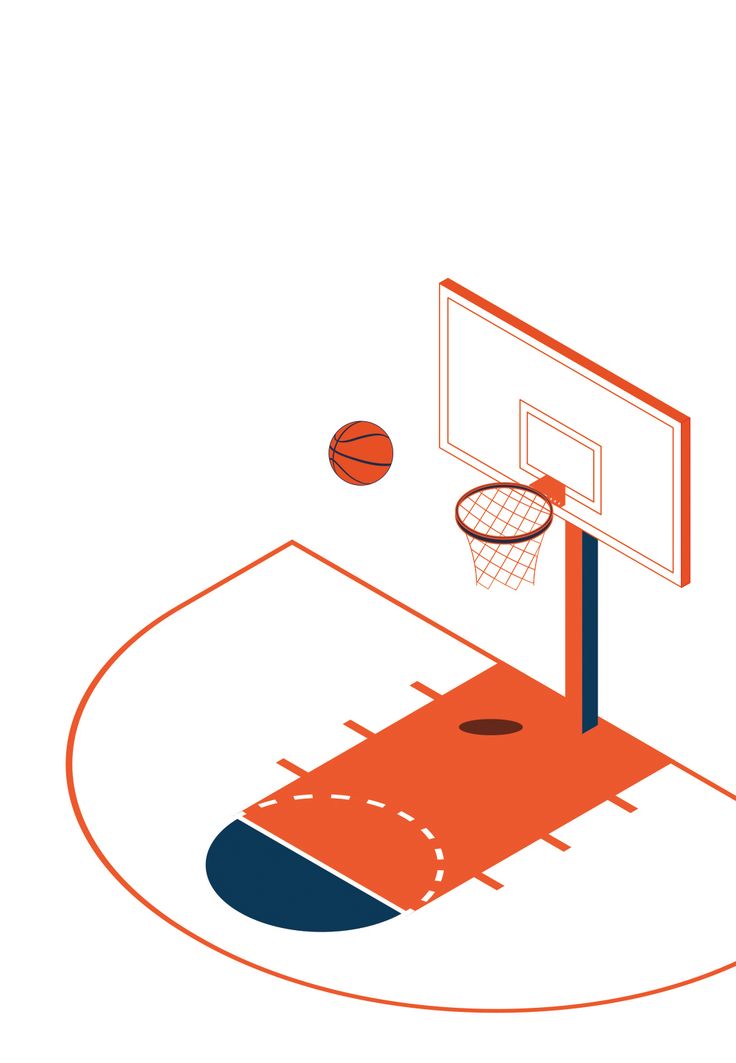 From swimming and athletics, I chose the latter. There were two coaches - in race walking and in pole vaulting. That's how I got into pole vaulting!
From swimming and athletics, I chose the latter. There were two coaches - in race walking and in pole vaulting. That's how I got into pole vaulting!
- Which coach do you remember? Who laid the foundation for your victories?
- There were very good specialists in the "pole vault" We played a lot in training, there were a lot of acrobatic and gymnastic elements in preparation. But the main thing is that a lot depends on the mentor. I had two children's coaches - one was the best as a specialist - Nikolai Andrianovich Zantsensky, and the second wonderful person - Zhuikov Vladimir Gennadievich.
Vladimir Gennadievich gave himself completely to us. As a result, he then left to serve God - he fell into religion. Maybe this is his calling.
FIRST OLYMPIAD: "I WALKED AND SMILED LIKE IDIOT"
- How did you come to your first Olympiad?
- Our whole life is a journey, on the one hand. On the other hand, preparation for the Olympics is a 4-year Olympic cycle. This cycle began in 1988. I was also in the youth team.
This cycle began in 1988. I was also in the youth team.
This preparation was completely unconscious to me. Everything went under the guidance of my second and last coach - Alexander Kirillovich Okavity. He managed to distribute efforts over such a long cycle so that, despite all sorts of failures and serious illnesses, I managed to come to the Olympics in the best shape and show a decent result.
- You were 25 then! You won silver at the first Olympiad. What are your feelings?
- Feelings are crazy, indescribable. You walk - you smile like an idiot. I had various competitions both before and after the Olympics - the World and European Championships, but the Olympic Games are a kind of tournament. There, skill is leveled and character comes to the fore. With more or less equal indicators, character plays a primary role.
THE SECOND OLYMPIAD: SOMETIMES THERE WAS NOTHING TO EAT
- How did the 1992 Olympiad differ from the 1996 Olympiad?
- In 1996, there was a collapse in the country, and no money was invested in sports.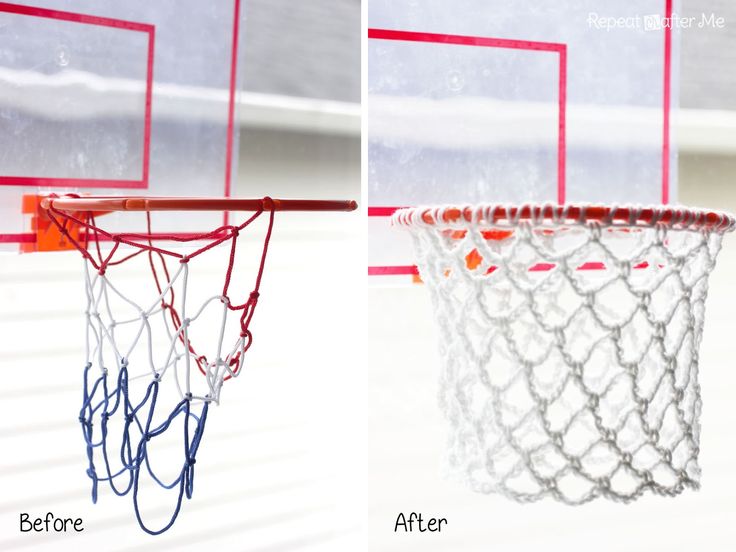 For this Olympiad, I already had my own team, which I put together around myself: a coach, a massage therapist, a doctor and people who were nearby. For example, his wife went with the coach, she cooked for us. In 1996, the country had no time for sports - collapse. And there were situations when we had nothing to eat. Therefore, we organized meals ourselves.
For this Olympiad, I already had my own team, which I put together around myself: a coach, a massage therapist, a doctor and people who were nearby. For example, his wife went with the coach, she cooked for us. In 1996, the country had no time for sports - collapse. And there were situations when we had nothing to eat. Therefore, we organized meals ourselves.
But the sports base was laid in the Soviet Union - years of training, training camps 256 days a year, medical examinations every six months, when we were turned out and examined - this is all a huge job.
- Were there serious injuries?
- Of course, but thank God they were already after the second Olympiad. During the Olympic Games, I seriously injured my knee. Because of this, it was not possible to continue his career at a high level. In December 1996, I had an operation, returned to the national team, participated in international competitions, but did not crawl to 6 meters. I fulfilled the level of a master of sports of international class, there were prizes at the national championship, but this was not enough to win medals in the international arena. I ended my sports career at the age of 35. Given that I got into the youth team at 1983, and officially excluded from the lists in 2000, then 17 years in the national team is a normal indicator.
I ended my sports career at the age of 35. Given that I got into the youth team at 1983, and officially excluded from the lists in 2000, then 17 years in the national team is a normal indicator.
HUMANITY DISCOVERS NEW POTENTIAL
- Does age matter in sport now?
- There was an American who at the age of 35-36 jumped 6.03 - and showed his best result. This is an American record. What is good about modern sport is that it opens up human potential. For example, it has always been believed that the male 100-meter sprint is the lot of the young, that up to 25 years the speed increases, and after that it decreases. But an African athlete - a sprinter from St. Kitts and Nevis Kim Collins - in 2016 ran the 100-meter race in 10 seconds. This is a result that would have made it possible to be in prizes at any Olympiad until 2000.
A man has shown that it is possible to maintain speed at the age of 40, and such an excellent result indicates that humanity is discovering the opportunity to lead a very active lifestyle for a long time.
- What is happening with the high jump now?
- From the end of my career until today, the world record bar has officially risen by only 1 cm. It's nothing at all. The level of pole vaulting has dropped.
The peak of the development of the sport came in the mid-90s. The school in the USSR was very strong, the selection was good, and our breed was not bad either. Therefore, there was a moment when we crushed all the world's jumps under ourselves.
We had a very high competition among ourselves and therefore always had a good result. Although the result of Sergei Bubka was beaten all the same.
But if a person has a world record, it does not mean that he jumps better than Sergey Nazarovich. I performed with him for many years - almost our entire career went in parallel - we were in the same group, with the same manager, we talked together.
I got into VOLLEYBALL by accident
- How did you get into volleyball?
- I got into volleyball with the light hand of Alexander Mikhailovich Saprykin - he asked me to work temporarily with the Dynamo club, Leningrad region.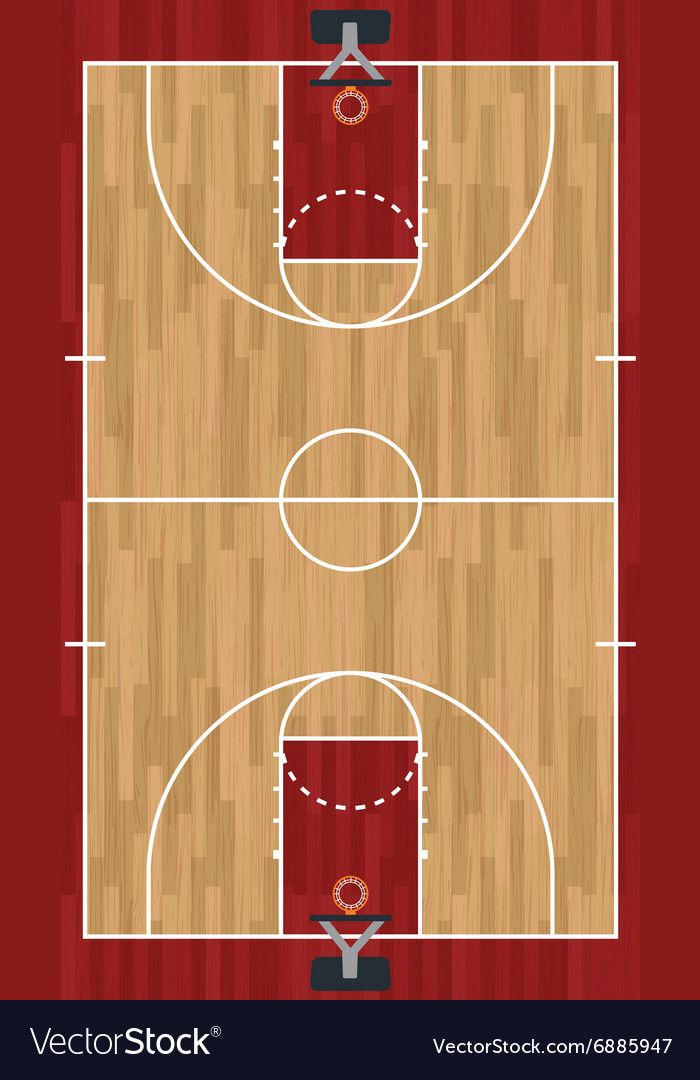 Alexander wanted to create a good club and now Dynamo really plays in the top Super League, although other people are working there now. But Saprykin's idea lives on. That's how I got into volleyball. And then it started spinning - there were beach guys who needed help. Then everything was just in its infancy, Yelagin Island began, on which Dima Kuvichka built playgrounds, organized tournaments and training.
Alexander wanted to create a good club and now Dynamo really plays in the top Super League, although other people are working there now. But Saprykin's idea lives on. That's how I got into volleyball. And then it started spinning - there were beach guys who needed help. Then everything was just in its infancy, Yelagin Island began, on which Dima Kuvichka built playgrounds, organized tournaments and training.
WHAT IS A "FAST FOOT" AND WHY A BEACH GIRL WANTS LARGE BUTTOCKS
- What is the peculiarity of OFP on sand?
- The peculiarity is that on the sand you can't use certain muscle groups. There is no such thing as a “fast foot” on the sand, because the sand simply crumbles under the quick impact of the foot and it is impossible to jump, because it does not bounce. If people only need sand to develop jumping ability, we use exercises that develop large large muscles - buttocks, hips - that pushes, that can lift a heavy load, that works from low angles and from scratch, without acceleration.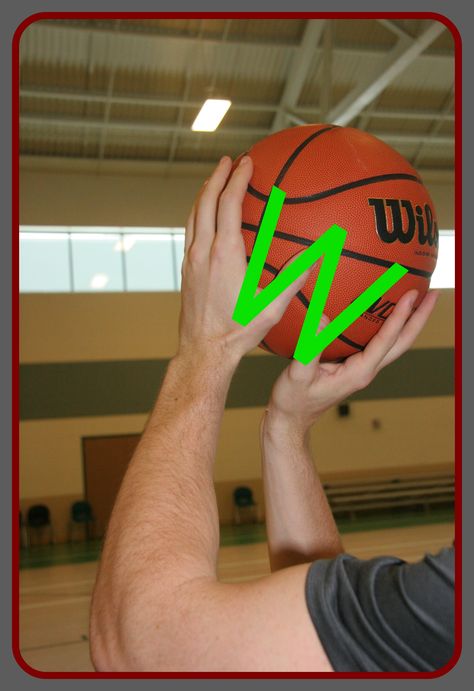
And everything else is very similar to the OFP for classic volleyball.
The very differentiation between sand and hard surface is minimal. There is just more emphasis on certain exercises. Fewer light jumps. On the sand, we bend our legs more - if we simplify it completely.
"BEACH" IS 99% BUILT AT WORK
- What are the main differences between beachgoers and classics?
- Beach volleyball is more hard work. Beachgoers - they are more physically developed. It is impossible to play beach games without having stamina, strength, jumping ability. Because you have to plow in the beach - this is a sport for athletes. If in classical volleyball you have grown up, you are talented, you were lucky to be born with a springy foot, you can jump on straight legs, wave your arm and do a great job due to your talent. Then in the "beach" it is impossible - "beach" by 99% is built on the job. If all other sports, including classic volleyball, consist of 90% work. Here 99% is hard work.
Here 99% is hard work.
TETYUKHIN AND "OLD MEN"
- What will happen if a classic volleyball player is put to play beach volleyball?
- There are enough examples in my memory. Let us recall, at least, how 10 years ago one of the most outstanding classical volleyball players in the world, Sergei Tetyukhin - it was before my eyes - went out on the sand and played in tandem with Igor Kolodinsky, who then won world tours and rose very high at the Olympics. And so they almost lost in their first official match to people who were 20 centimeters shorter and 10 years older. That is, according to those concepts, they lost to grandfathers. Then it was funny.
And after 2 months, the same Tetyukhin already showed a completely different level of volleyball - with his talent, he could make a career in the beach. Let's remember the American Karch Kiraya - this is the only athlete in the world who became the Olympic champion in both classical volleyball and beach volleyball. Undoubtedly a talented person is talented everywhere. I think that you can't play beach ball well without good classical training.
Undoubtedly a talented person is talented everywhere. I think that you can't play beach ball well without good classical training.
INDIVIDUAL WORK - MY APPROACH
- How do you help your students in general physical training?
- My task, at an amateur, semi-professional level, is to protect children from injuries, improve the general condition of the body, add physical qualities somewhere. Because any cardinal changes, the development of some more serious things require a different preparation - not one-time workouts a week, and not even two times a day. We are working on correcting some distortions, moments, kinks, that is, I work more as a doctor - I heal - they corrected here, corrected here. In order to work in development mode, you need to train at least 3 times a week.
- In any case, preparation will improve the condition. Guys come to me who consciously want to fix something. One is too tired - he lacks physics, he needs to run more with him - he will move better and get less tired. Everything is great with the other, but he lacks a jump. With him, you need to do more development of jumping ability. He starts blocking, catching and scoring balls. And if everyone is treated with the same brush, then the result will be indirect. If you work individually, the growth in the first stages is very noticeable. And this is noted by everyone who works with me. Many people walk because they simply feel better after their OFP. And people are addicted to it.
Everything is great with the other, but he lacks a jump. With him, you need to do more development of jumping ability. He starts blocking, catching and scoring balls. And if everyone is treated with the same brush, then the result will be indirect. If you work individually, the growth in the first stages is very noticeable. And this is noted by everyone who works with me. Many people walk because they simply feel better after their OFP. And people are addicted to it.
- Your wishes to your students
- I wish you all good health, first of all, so that there are no injuries - so that you can enjoy playing, make friends and relatives happy!
(Anastasia Mikhailova talked to Igor)
SCHEDULE OF CLASSES IN OFP LEADED BY IGOR TRANDENKOV:
Dynamo Stadium (44 Dynamo Ave.): Monday 20:00, Thursday 20:00.
Groups are also being recruited for physical training on the sand on Wednesdays and Sundays.
Book in advance by phone: 900-89-93 or through messages in "VK" (for those who are already included in the "conversation").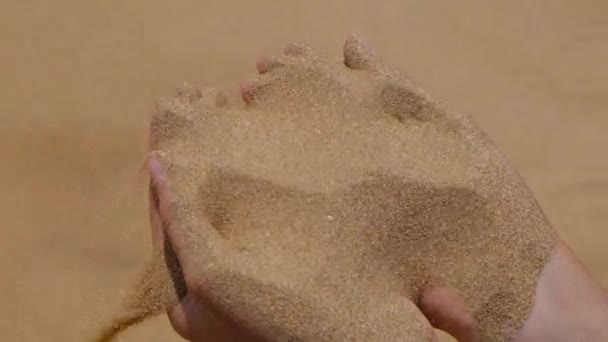
sanatoriums, boarding houses and rest houses in the Moscow region
Boys and girls! And so are their parents! Do you want to go on a bike tour in Crimea?!”
We offer you at any time of the year - holding and organizing sports camps, trips to training camps, sports and recreation after competitions for children's youth sports schools (DYUShS), sports clubs, teams and sections.
Our facilities are suitable for sports groups in the following areas:
-
- football
- dancing
- martial arts
- gymnastics
- athletics
- cycling
- synchronized swimming
-
- hockey
- swimming
- tennis
- volleyball
- basketball
- rowing
In addition to the Moscow region, we organize camps and competitions in the Crimea, Sochi, the Krasnodar Territory and the Leningrad Region.
Sports and recreation center "Horizont"
Suitable for: Basketball, Volleyball, Gymnastics, Martial Arts, Swimming, Synchronized Swimming, Dance, Football.
- Universal sports hall - 1420 sq.m., height - 13 m., covering - teraflex
- Sports hall - 550 sq.m., flooring - synthetic, laminate
- Football field - 110 x 80 m., covering - natural, grass
- Mini football field - adjacent to a large field 110 x 40 m.
- Gym
- Swimming pool - 25 x 8 m.
- Boxing Gym
Accommodation: standard rooms of the 1st category: 2-4-6 bed rooms with an area of 12 sq.m.
Meals: 3 meals a day.
Gorizont Sports Training Center (Zvenigorod) is a sports and recreation center with an impressive sports infrastructure suitable for training and competitions of the highest level teams.
The nature center "Horizont" will pleasantly surprise guests. On the territory there is a picturesque lake, fenced with pine trees. There are fish in the lake, which, if not frightened, can be seen through the clear water. The territory is always kept clean and tidy.
Sanatorium "Egnyshevka"
Suitable for: Basketball, Volleyball, Gymnastics, Martial Arts, Athletics, Swimming, Tennis, Figure Skating, Football, Ice Hockey.
- Universal stadium - 47 x 32 m, covering - Master Fiber
- 3 tennis courts
- 3 volleyball fields 3 basketball fields
- Swimming pool - 25 x 11
- Gym
- Martial arts ring
- Universal game room - 650 sq. m., height - 8 m.
- Hall for wrestling
- Ice Palace – 15 min. from base
Accommodation: Accommodation "standard" - 840 places (buildings No. 1,2,3,6,7,8, 120 places each in the building) - 4-5-bed accommodation with private facilities on the floor, in capital, 3-storey buildings, in the halls of each floor there is a TV and upholstered furniture.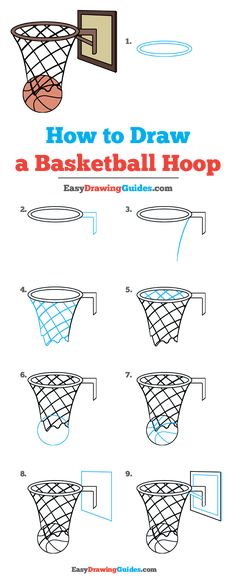
Meals: 4 meals a day.
Sports base "Egnyshevskaya" (Aleksin) is located 149 km from the Moscow Ring Road along the Simferopol highway. The facility is designed for sports groups in the following areas: basketball, volleyball, gymnastics, martial arts, athletics, swimming, tennis, figure skating, football, hockey Due to the presence of coniferous forests, the air here is beautiful.
The complex functions as a training center for organizing and holding sports camps (TCS) and competitions. The infrastructure of the complex allows holding sports events in more than 50 sports.
Park-hotel "Ognikovo"
Suitable for: Basketball, Volleyball, Gymnastics, Martial Arts, Swimming, Dance, Tennis, Football.
- Universal sports hall - 48 x 24 m., height 7.30 m., coating - elastur
- Seven dance halls:
- 2 small ones - 12 x 12 m, height 3 m, coating - laminate
- 3 medium halls 12 x 15 m.
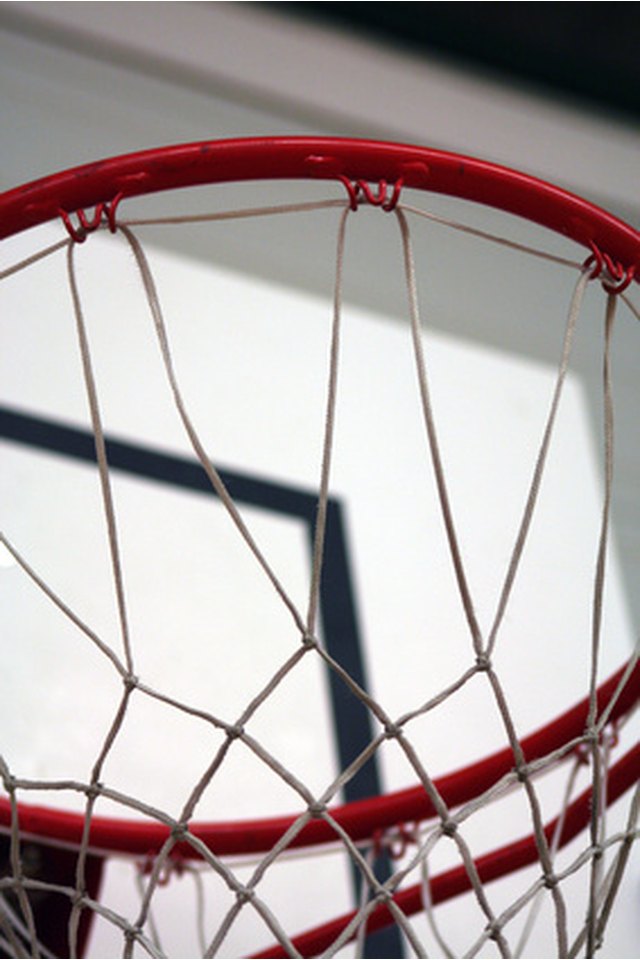 , height 3 m., covering - laminate
, height 3 m., covering - laminate - 1-in large hall - 12 x 36 m, height 3 m, coating - laminate
- 1-in multifunctional hall - 11.4 x 25 m., height 3.2 m., flooring - parquet
- Aqua Center - water slides, geysers, underwater jets
- Tennis courts - asphalt
- Weightlifting hall - 24 x 12 m., height 6 m.
- Football field - surface - grass
- 2nd outdoor volleyball courts - surface - sand
Accommodation: one-room rooms for 1, 2 or 3 people of economy class in buildings 3 and 4. In other buildings there are improved rooms of two or three rooms.
Meals: 3 meals a day.
Pension "Ognikovo" is located 50 km from the Moscow Ring Road along the Leningrad highway.
A unique natural complex surrounded by forests, an area of more than 40 hectares, a forest park with ancient pines and lindens, 2 lakes, the lack of access roads near and the purest air are conducive to training. This boarding house has all the conditions for training camps of sports teams: a special menu for athletes depending on the sport, there are classes for classes on the territory, free Wi-Fi is available in the administrative building.
This boarding house has all the conditions for training camps of sports teams: a special menu for athletes depending on the sport, there are classes for classes on the territory, free Wi-Fi is available in the administrative building.
Sports base "Oka"
Suitable for: basketball, volleyball, gymnastics, martial arts, swimming, dancing, figure skating, hockey.
- Ice arena - 30 x 60 m.
- Universal sports hall - 45 x 24 m.
- Universal sports hall - 36 x 18 m.
- Field for field hockey - 90 x 55 m.
- Football field
- Gym
- Swimming pool - 25 x 10 m.
Accommodation: Double or triple rooms, single rooms.
Meals: 4 meals a day.
Sports base "Oka" (Aleksin) - educational and training base, with a wide range of services for young athletes. Located on the banks of the Oka River.
Located on the banks of the Oka River.
Boarding house "Sosnovy Bor" (Saburovo)
Suitable for: basketball, volleyball, swimming, tennis, football.
- Swimming pool - 25 m., 3 lanes, depth from 1 to 2 m.
- Universal game room - 32 x 18 m, height 8 m, flooring - professional parquet
- Outdoor basketball court - 40 x 20 m, coating - rubber, hard
- Outdoor area for mini-football - 40 x 20 m., covering - artificial carpet with rubber coating
- 2 outdoor tennis courts -
- Outdoor volleyball court - 40 x 20 m., covering - rubber, hard.
- Gym - treadmills and exercise bikes
Accommodation: Double economy class rooms.
Meals: 3 meals a day.
Hotel "Saburovo" (MO Schelkovsky district) - the hotel has all the necessary conditions for holding sports camps and competitions. The boarding house is located in a picturesque pine forest of the Grebnensky forestry. Landscaped and well-groomed territory of 7.5 hectares. The hotel has all the necessary conditions for holding sports camps and competitions.
The boarding house is located in a picturesque pine forest of the Grebnensky forestry. Landscaped and well-groomed territory of 7.5 hectares. The hotel has all the necessary conditions for holding sports camps and competitions.
Crimea
Sports base "Alushta"
Sports base "Evpatoria"
Multifunctional sports base "Kerch"
Suitable for: basketball, volleyball, gymnastics, martial arts, swimming, dancing, tennis, football.
- Indoor pool - 25 m, 6 lanes, depth from 1.3 to 2.3 m.
- Small dance hall - 60 x 10 x 3, height 3 m, flooring - parquet, mirror wall (dance), choreographic machine, step platforms.
- Universal dance hall - 15 x 200 x 12, parquet.
- Sports complex - 60 x 40 x 12, coating - ACRYFLEX-T:
- Football field.

- Volleyball Court.
- Gym - 12 x 8 m., rubberized coating.
Accommodation: 161 rooms in a 6-storey residential building, 2-bed rooms of the standard superior class.
Meals: 4 meals a day.
Multifunctional sports base "Kerch" is located in a quiet corner of ancient Kerch, at the crossroads of two seas - the Black and Azov in its own beautiful park of 6 hectares.
The sports base has its own sandy beach with a coastline of more than 400 m, a modern medical center with the latest European equipment and a sports complex that allows classes and training in various sports.
Sports complex with an area of 1800 sq.m. it is adapted for carrying out educational and training work of athletes, organization, holding competitions of different levels. Transforms into 2 independent training grounds for basketball, volleyball, handball or tennis courts.
Sports center "Simferopol"
Suitable for: basketball, volleyball, gymnastics, martial arts, athletics, tennis, football.
- Gym - 12 x 12 x 3.5 m., flooring - wood, linoleum
- Boxing hall - 36 x 24 x 3.5 m., 1 - competition and 6 training rings, floor - linoleum, carpets
- Game sports hall - 48 x 24 x 9 m., 3 volleyball courts, 2 tennis courts, wooden flooring
- Beach volleyball court - 18 x 9 m, surface - sand
- Football field - 100 x 52 m, covering - synthetic
- Wrestling hall - 36 x 24 x 9m., covering - linoleum, tatami, 6 carpets of the Olympic class
- Tennis courts - 7 pcs., clay-sand coating
- Universal game hall - 28 x 16 x 6 m., 3 grounds for rhythmic gymnastics, table tennis, volleyball, basketball, badminton
- The main football field is 105 x 70 m, the surface is grass turf
- Gymnastics ground - 45 x 20 m., 2 sawdust tracks - 60 m., gymnastic bars, Swedish wall
- Cross running track - 1240 x 2.5 m., coating - regupol
- Athletics track - 7 tracks in a circle - 400 m, 9 tracks - 100 m, sectors for long jump, high jump, for shot throwing
- 3 different indoor playgrounds
- Weightlifting hall - 12 x 12 x 3.
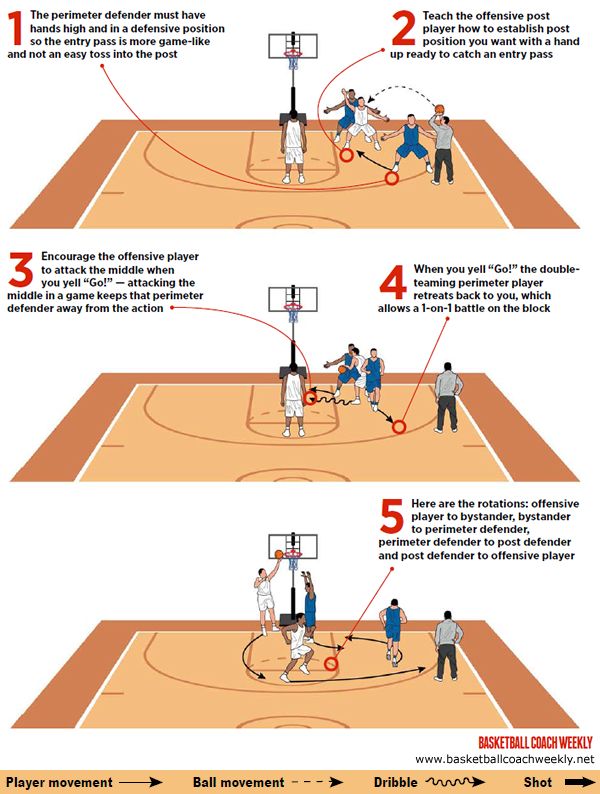 5 m., covering - linoleum
5 m., covering - linoleum
Accommodation: Double or triple standard rooms.
Meals: 4 meals a day.
Sports center "Simferopol" (Alushta) - a sports center for gatherings and competitions of groups of different sports.
Sports center "Simferopol" is located in one of the most picturesque corners of the Crimea, between the ridge of the Crimean mountains and the waters of the Black Sea, next to the Seaside Park and the central embankment of Alushta. To the sea 5 minutes walk.
National Center "Ukraine"
Suitable for: Basketball, Cycling, Water Polo, Volleyball, Gymnastics, Rowing, Martial Arts, Athletics, Swimming, Synchronized Swimming, Dance, Tennis, Football.
- Sports hall - size 33 x 17 m, height 8.3 m, surface - Teraflex
- Football field at the stadium - 105 x 70 m, natural surface:
- 8 treadmills, coated - Regupol
- 2 sectors for long jump
- 2 sectors for triple buckle
- 2 sectors for pole vault
- sector for high jump
- 2 sectors for javelin throwing
- seated shot put sector
- Football field at the stadium - 105 x 70 m, artificial surface.

- Archery field - 10 shields.
- Sports ground for beach football and volleyball - 47 x 37 m, covering - quartz sand
- Javelin, Hammer, Discus, Shot Put
- Gym - coating Regupol
- Game sports hall - 48 x 43 m., height - 14 m., covering - homogeneous linoleum Lino sport
- Outdoor swimming pool - 50 x 21 m., 8 lanes
- Olympic outdoor pool - 50 x 25, 10 lanes
- Indoor pool - 25 x 13.7
- Incline training treadmill - 120 x 2.5, 2 treadmills, coated - Regupol
Accommodation: Rooms for 3, 6 and 8 people in buildings of a sports complex of various types.
Meals: 3 meals a day.
National Center "Ukraine" (Evpatoria) - one of the best sports and recreation complexes in the Crimea.
The Center is located on the Black Sea coast of the Kalamitsky Bay and on the shores of Lake Moinaki, in an ecologically clean suburban sanatorium-resort zone of Evpatoria, four kilometers from the city.